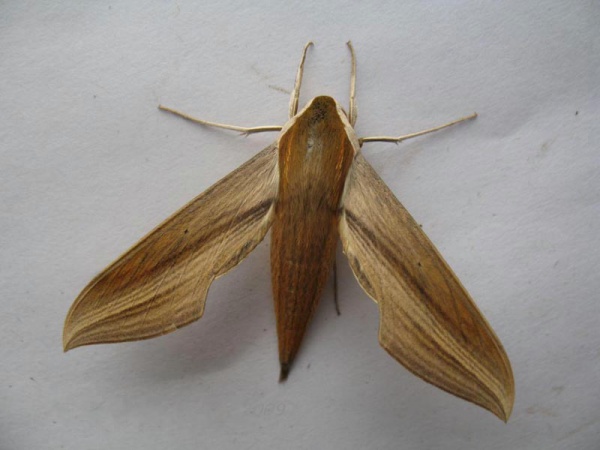Facts About Xylophanes tersa
The Tersa Sphinx, scientifically named *Xylophanes tersa*, is a captivating moth belonging to the Sphingidae family. First described by Carl Linnaeus in 1771, these moths range widely—from the United States and Mexico to the West Indies, Central America, and even parts of South America. Occasionally, they are found as far north as Canada!
These moths are quite remarkable, featuring a wingspan that ranges from 60 to 80 mm. Their forewings display a blend of pale brown and lavender gray at the base, accented with dark brown lines, while the hindwings are dark brown with distinctive whitish, wedge-shaped markings. Depending on their habitat, they can be observed from May to October in the northern regions and from February to November in the southern U.S. In tropical regions, they are active year-round. In northern areas, there is typically only one generation per year, but in the south, multiple generations can occur.
Adult Tersa Sphinx moths are avid nectar feeders, often found visiting flowers such as *Lonicera*, *Mirabilis jalapa*, and *Asystasia gangetica*. Their larvae feed on a variety of plants, including *Borreria*, *Catalpa*, *Manettia*, and *Pentas* species, as well as *Spermacoce glabra* and *Hamelia patens*.
There are two recognized subspecies of the Tersa Sphinx: *Xylophanes tersa chaconi*, found in Venezuela, and *Xylophanes tersa tersa*. Understanding these subspecies enhances our knowledge of the distribution and behaviors of this intriguing moth.

 Guatemala
Guatemala